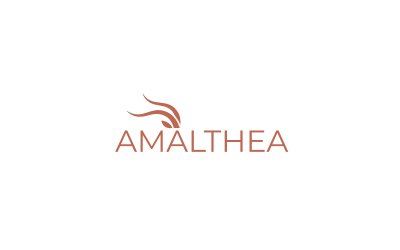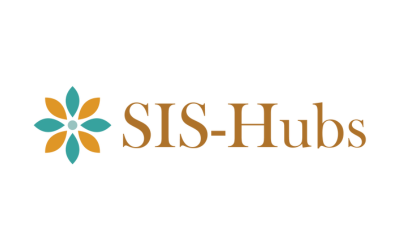Developing skills, fostering cooperation, and leveraging technology to strengthen justice systems, protect vulnerable children, and combat child trafficking across Europe and beyond.
Context
The project addresses the urgent and complex challenge of human trafficking, which constitutes a grave violation of fundamental rights and generates illicit profits of approximately €14 billion annually from sexual exploitation alone. Children account for nearly a quarter of all trafficking victims, with a majority being European nationals trafficked for sexual purposes. Despite these alarming figures, prosecution and conviction rates remain disproportionately low, highlighting systemic gaps in addressing this crime.
Several factors contribute to this disparity, including difficulties in gathering evidence, limited cross-border cooperation, and the need for specialized training among judicial authorities and frontline workers. The situation is further exacerbated by growing migration flows, the impact of the conflict in Ukraine, and socio-economic vulnerabilities, which have increased the risks for children, especially unaccompanied minors. These children are particularly vulnerable to exploitation by traffickers who target impoverished families, isolated individuals, and those with limited support networks.
To combat these challenges, a coordinated, transnational approach is essential. Judicial authorities, law enforcement agencies, frontline and social workers, and other key stakeholders require enhanced skills and tools to identify and protect victims, prosecute offenders effectively, and disrupt criminal networks. Leveraging digital tools such as AI-driven platforms to identify trafficking patterns and improve intelligence sharing is also critical to bridging the gap between evidence collection and successful convictions.
SafeBorders is designed to respond to these pressing needs by improving the expertise of judicial and frontline professionals, fostering cross-border collaboration, and employing innovative technology to combat child trafficking. Through these measures, the project aims to protect vulnerable children, strengthen justice systems, and enhance the overall response to trafficking in Europe and beyond.
Objectives
- To deepen the understanding of child trafficking dynamics and the operations of criminal networks involved, providing actionable insights through research and analysis.
- To strengthen, enhance and empower the capacity of prosecutors, judges, and frontline workers in partner countries on specific elements of child trafficking to improve detection, reporting, and handling of cases, as well as to prevent, identify, and protect against child trafficking.
- To establish a network of specialized prosecutors across the partner countries to enhance cross-border cooperation and improve the effectiveness of legal action against trafficking networks.
- To enhance the intelligence picture of judicial authorities in combatting child trafficking through an AI platform.
- To raise awareness and promote collaboration among the community about child trafficking.
Activities
- Mapping of the child trafficking landscape, assessing stakeholders’ needs, and identifying challenges and best practices through mixed-method research.
- Development and delivering of online training for prosecutors, judges, and frontline workers, including specialized workshops for prosecutors and tailored modules for working with victims of trafficking.
- Data-driven AI tool for judicial authorities to analyze trafficking cases and identify high-risk patterns and networks.
- Stakeholder meetings to foster dialogue and cooperation among relevant actors in combatting child trafficking.
- Awareness raising campaign for parents, caregivers, community members, and children about the realities of trafficking.
- Roundtable and Transnational Conference with EU institutions, international organizations, and relevant stakeholders to engage in discussions surrounding key challenges, best practices, and opportunities for collaboration in combatting child trafficking.
Resources
- Practical handbook for combatting child trafficking
- Training materials for prosecutors, judges and frontline workers
- Video on the realities of child trafficking
- Policy recommendations
Impact
- Improved skills and knowledge of over 300 professionals, including prosecutors, law enforcement officers, and frontline workers, to address child trafficking more effectively.
- Creation of a transnational network of specialized prosecutors and the facilitation of ongoing dialogue and cooperation among key stakeholders, involving at least 20 specialized prosecutors across 10 countries.
- Deployment of an AI platform to enhance data analysis and intelligence gathering, significantly improving the identification of trafficking patterns and suspects.
- Over 300 individuals reached among government agencies, judicial authorities, law enforcement, NGOs, and stakeholders with guidelines and recommendations on practical measures to prevent and address child trafficking.
- Empowerment of parents, students, and community members through targeted workshops and awareness campaigns, enabling over 100.000 individuals to engage proactively in child protection efforts.










